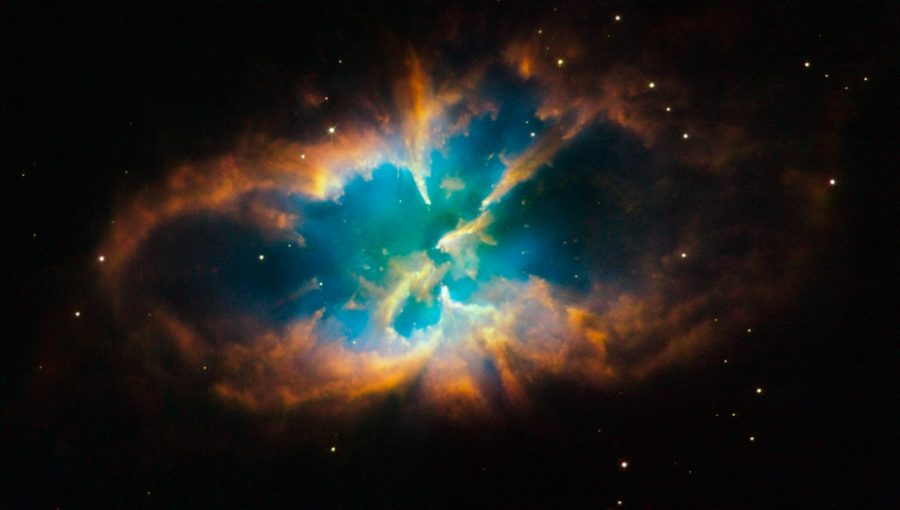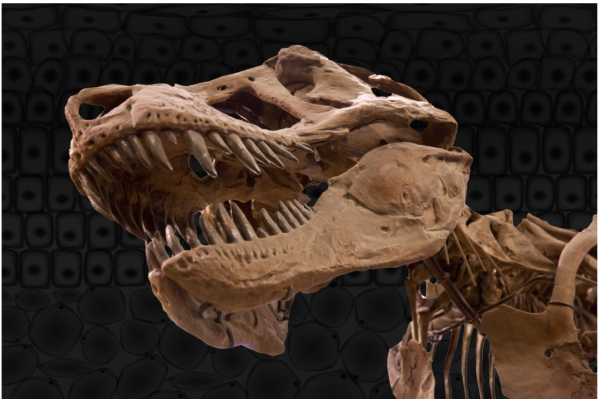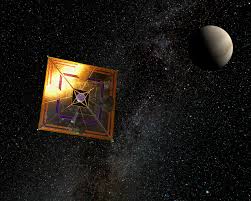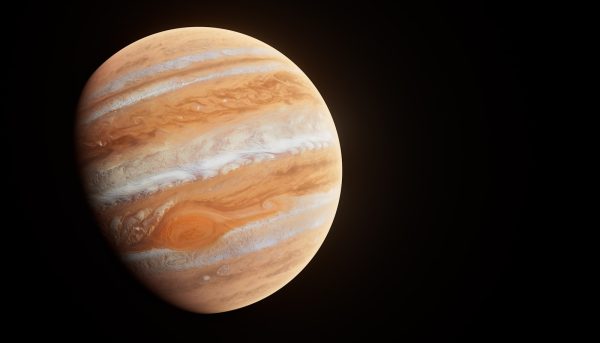All About Nebula—The Clouds Of Outer Space
Source: NASA, ESA, and the Hubble Herita
“Planetary Nebula NGC 2818” by Hubble Heritage is licensed with CC BY-SA 2.0. To view a copy of this license, visit https://creativecommons.org/licenses/by-sa/2.0/
Despite the word being frequently thrown around in sci-fi media and images of it being frequently used as wallpaper or room decor, many people do not know what a nebula is. Nebulae, coming from the Latin word for cloud or mist, are interstellar clouds consisting of gases, such as helium and hydrogen, and dust. Some nebulae are where stars are born, so nebulae are sometimes termed “star nurseries.” The Sun came from a nebula about 4.5 billion years ago. Several different types of nebulae vary in how they form and how they appear, the main four being dark nebulae, reflection nebulae, planetary nebulae, and supernova remnants.

As per the name, dark nebulae are nebulae that look like opaque patches in the night sky. Their existence is only indicated because of the glow of stars around them. They block light from shining through because they are so dense. Two examples of dark nebulae are the Coalsack Nebula and the Horsehead Nebula. The Coalsack Nebula is in the constellation of the Southern Cross and the Horsehead Nebula is on the Orion Nebula and constellation.
Reflection nebulae are nebulae that cannot make light on their own but reflect light from other stars. When light passes through it, the light bounces everywhere and reflects dust, a process called scattering. These nebulae are less dense than dark nebulae and their gas is cool. An example of a reflection nebula is the Iris Nebula located in the constellation Cepheus.
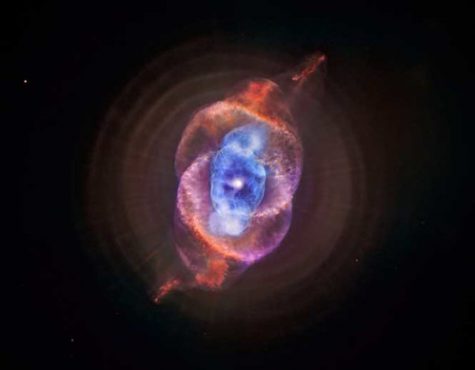
Planetary nebulae are circular shells of gas from an old star when it dies. After a star similar(in size) to the Sun dies, the excess gas forms a ring around the remains of the star’s core and it becomes a planetary nebula. Planetary nebulae are rare, and it is not often able to be seen with the naked eye. The easiest planetary nebula that can be seen on earth is the Ring Nebula in the constellation Lyra. Planetary nebulae last for approximately 50,000 years. The planetary nebula’s gases stretch over time, becoming thinner and thinner. At one point disappearing and leaving behind the old star’s core, otherwise called a white dwarf, is left behind. Two famous examples of planetary nebulae are the Cat’s Eye Nebula and Minkowski 2-9. Minkowski 2-9 is a butterfly nebula, which yes, looks like a butterfly. The Cat’s Eye Nebula is about 1,000 years old and is a very complex nebula. The Minkowski 2-9 is 1,200 years old, 2,100 light-years away from earth, and is located in the constellation Ophiuchus.

Supernova remnants form when stars that are huge die in a big explosion called a supernova. After that, most of the gas drifts away, but sometimes the core gets left behind and becomes a neutron star, which is what makes a supernova remnant glow. Only about 270 supernova remnants are known to man, one of them being the Crab Nebula which resides in the Taurus constellation.
Nebulae are extraordinary and there is still more to learn about them! It is amazing how nebulae come from old dead stars and how stars are born from nebulae. Isn’t it wonderful how, when someone stares into the night sky with a telescope they can find stars, nebulae, black holes, whole other planets, and so much more! And to think people are a small part of the earth, which is a small part of a solar system that is a small part of the Milky Way Galaxy, a small part of the cosmos. There are still numerous wonders waiting to be discovered about the world.
RELATED WEBSITES:
https://www.britannica.com/science/nebula
https://spaceplace.nasa.gov/nebula/en/
